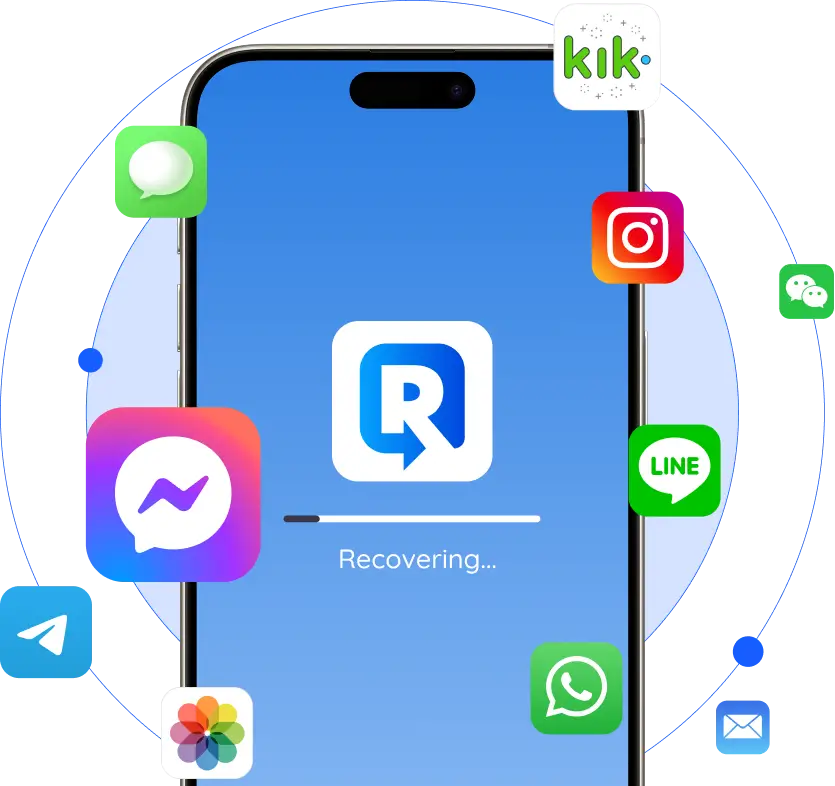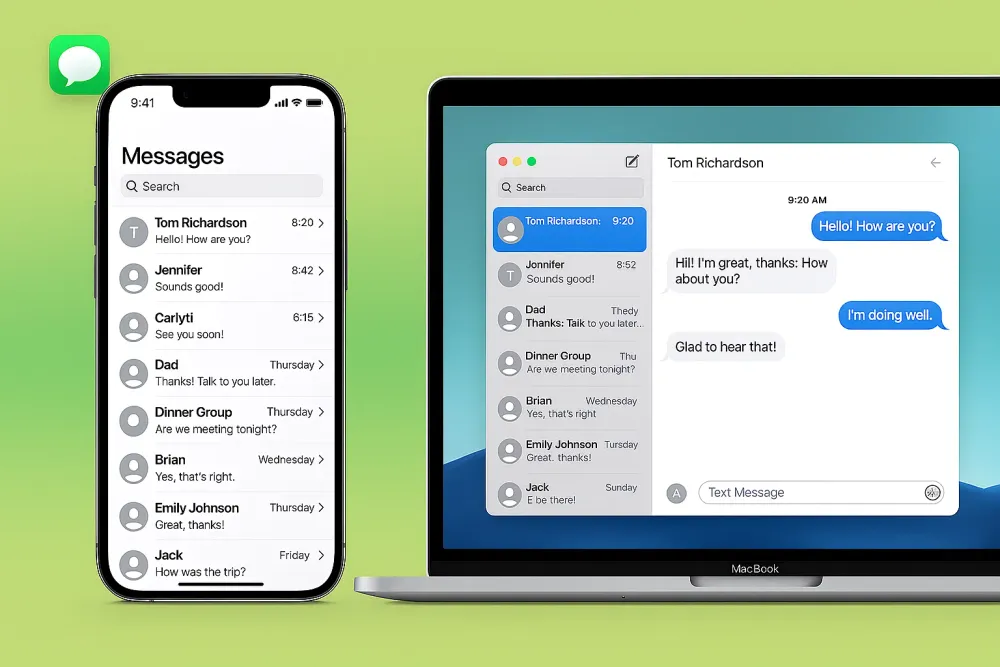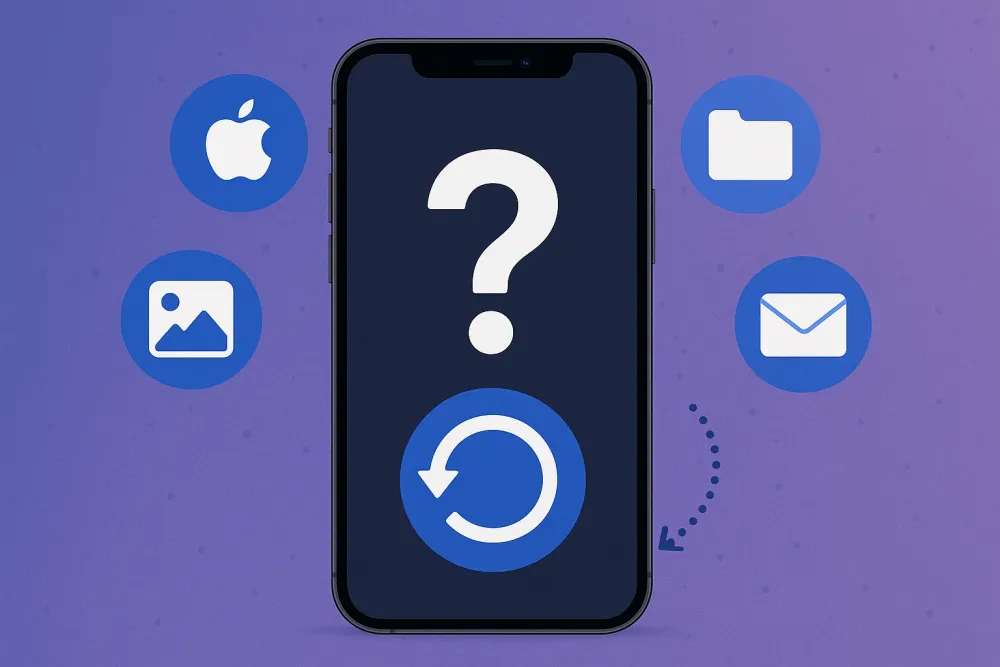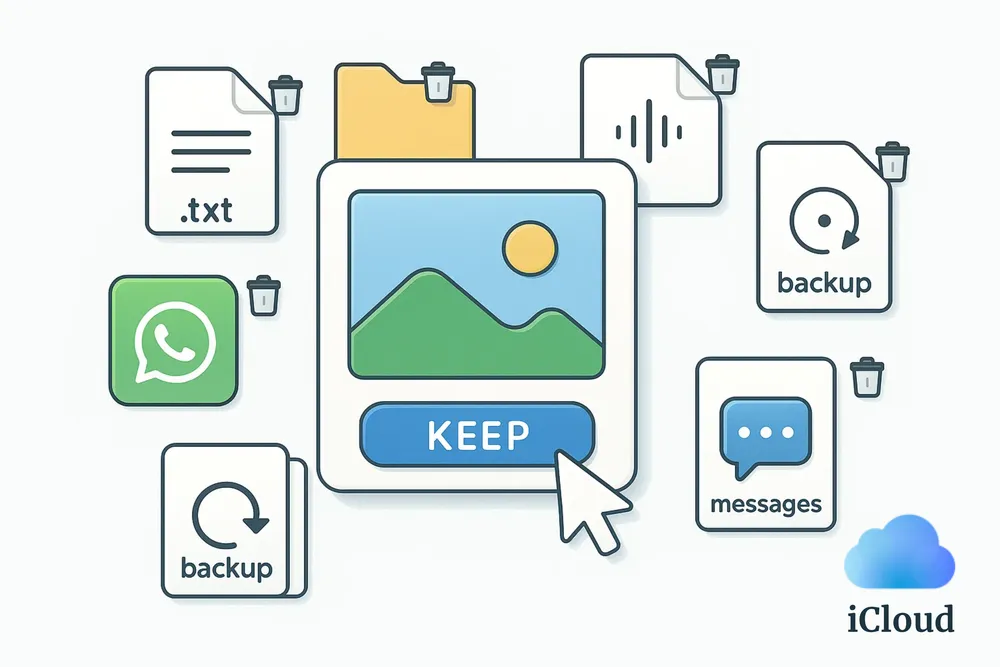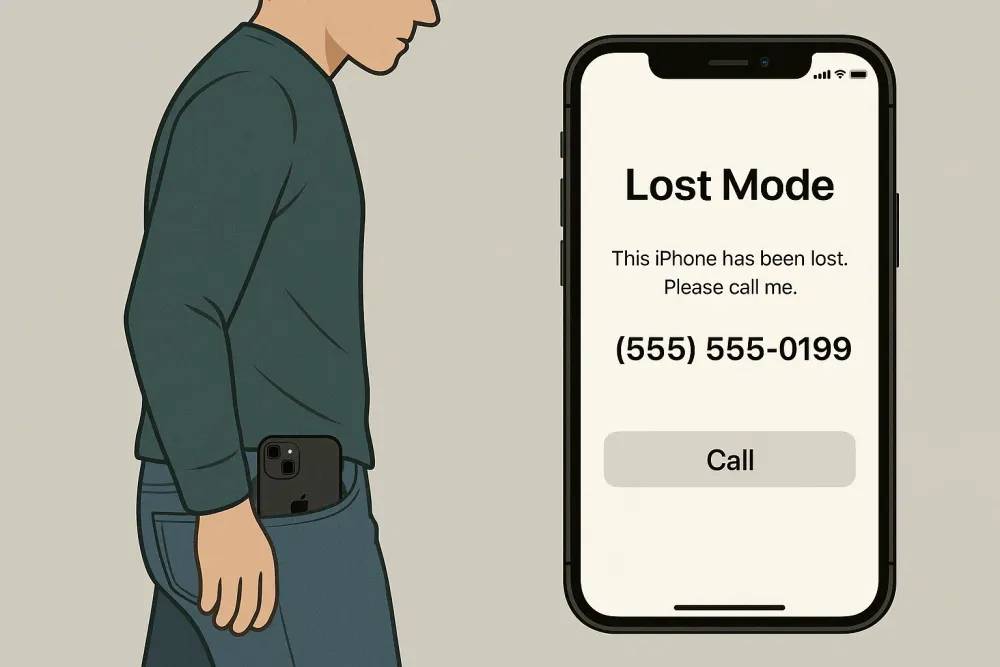Want to save your iCloud photos directly to your computer? Whether you need to back them up, Archive them, free up space, or access old memories offline, there are several ways to download photos from iCloud to PC.
In this guide, we’ve covered almost all the common methods you can find online, organized from the easiest and most recommended to other effective alternatives. No matter your technical level or photo library size, you’ll find one that works best for you.
Quick Overview
Here’s a quick summary of the five main ways to download iCloud photos to your PC.
Method | Difficulty | Recommendation | Best For |
Request a Copy from Apple | Easy | ⭐⭐⭐⭐⭐ | Downloading your entire library without any technical setup |
Visit iCloud.com | Easy-Medium | ⭐⭐⭐ | Selective download of a small number of photos |
iCloud for Windows | Medium-Hard | ⭐⭐ | Syncing photos automatically to your PC, selective downloads |
Gbyte Recovery | Medium | ⭐⭐⭐⭐ | Downloading deleted or old photos, retrieving photos in iCloud backup |
Transfer to Google Photos | Medium | ⭐⭐⭐ | Moving your library to Google Photos or doing cloud-to-cloud transfers |
#1 Request A copy of Your iCloud Photos from Apple
Requesting a copy of your iCloud Photos from Apple is probably the most convenient and reliable way to download all photos from icloud to PC. With just a few clicks, Apple will bundle all your photos into a single downloadable ZIP file — no complicated setup needed.
If you prefer to let Apple handle everything for you, this method is your best choice.
Step 1. Go to privacy.apple.com and sign in with your Apple ID.
Step 2. Click "Request a copy of your data."
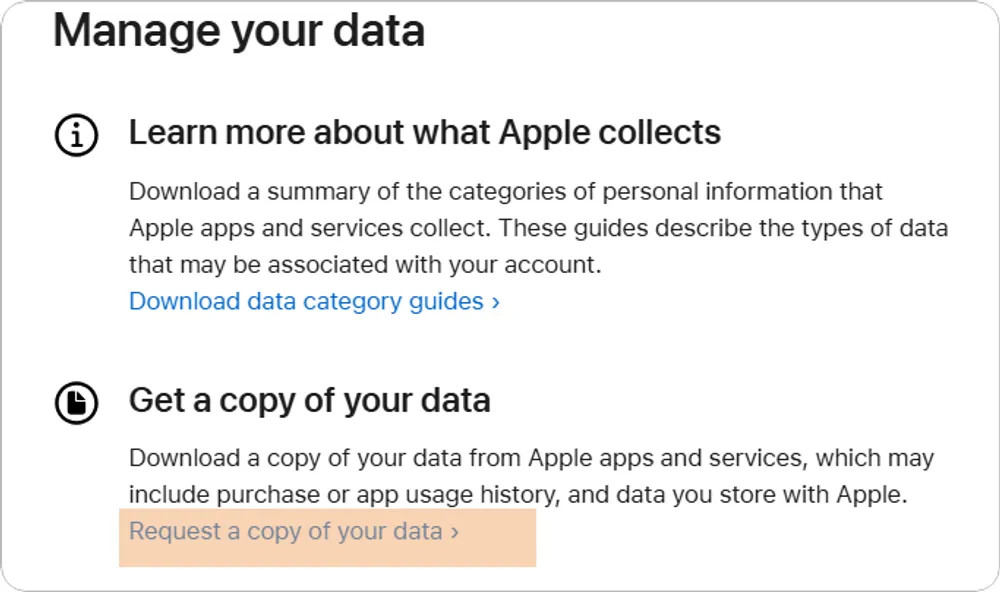
Step 3. From the list of data types, select iCloud Photos. You can also include other data if needed, then click Continue.
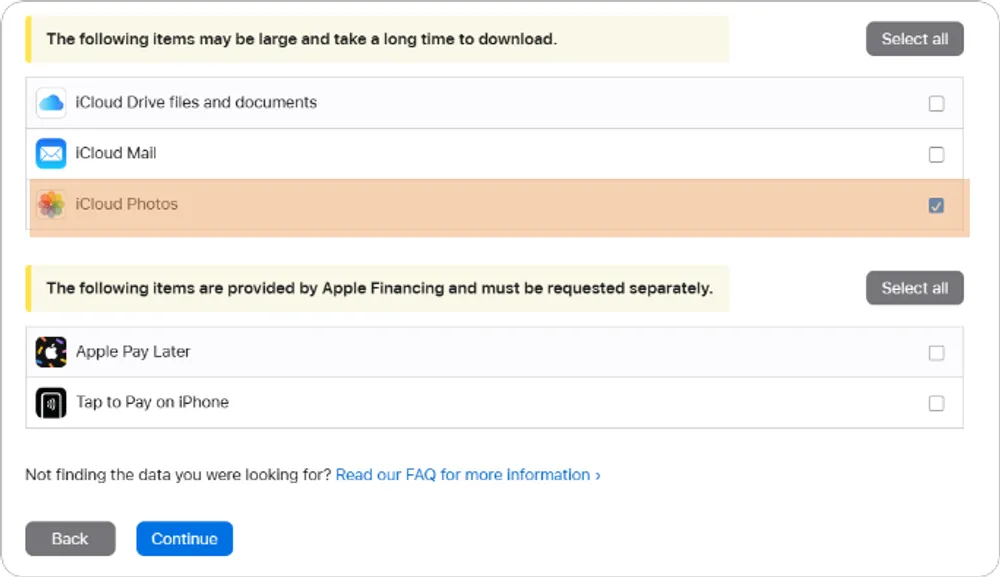
Step 4. Choose your preferred maximum file size for each download chunk (1 GB, 2 GB, 5 GB, 10 GB, or 25 GB).
No matter which option you pick, you’ll get all your photos. The file size here is just for your convenience. If you have slow internet or an older device, it's best to choose multiple smaller files (for example, 1 GB each) instead of one large 10 GB file.
Step 5. Wait for Apple to prepare your files. This can take a few days. Once ready, you’ll receive an email from Apple with your download link.
Step 6. Click the link or visit the Download your data section on privacy.apple.com to get your photos.
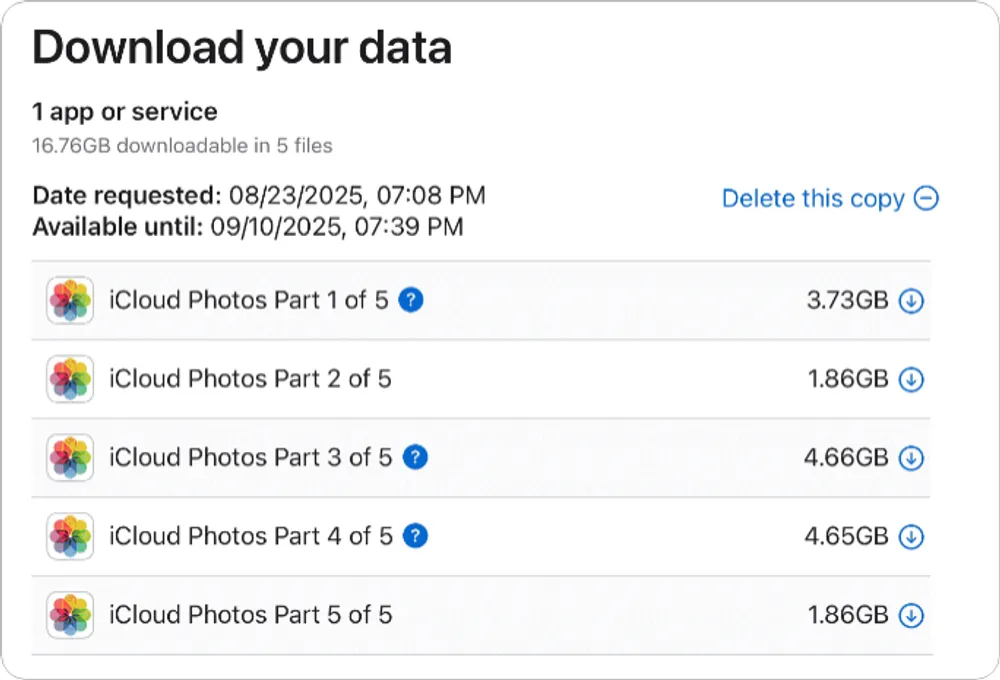
Step 7. Unzip the downloaded file, and you’ll find your photos neatly organized into folders.
Why We Recommand It
- Extremely easy — no software or complex setup.
- You can download your entire photo library in one go.
Limitations
- It may take a few days to prepare the download.
- Large libraries may be split into several folders, requiring extra steps to organize.
- You can’t choose specific albums or photos to download.
#2 Download Photos to PC from iCloud.com
iCloud.com is an iCloud web app that lets you access and manage your iCloud data including downloading photos to PC.
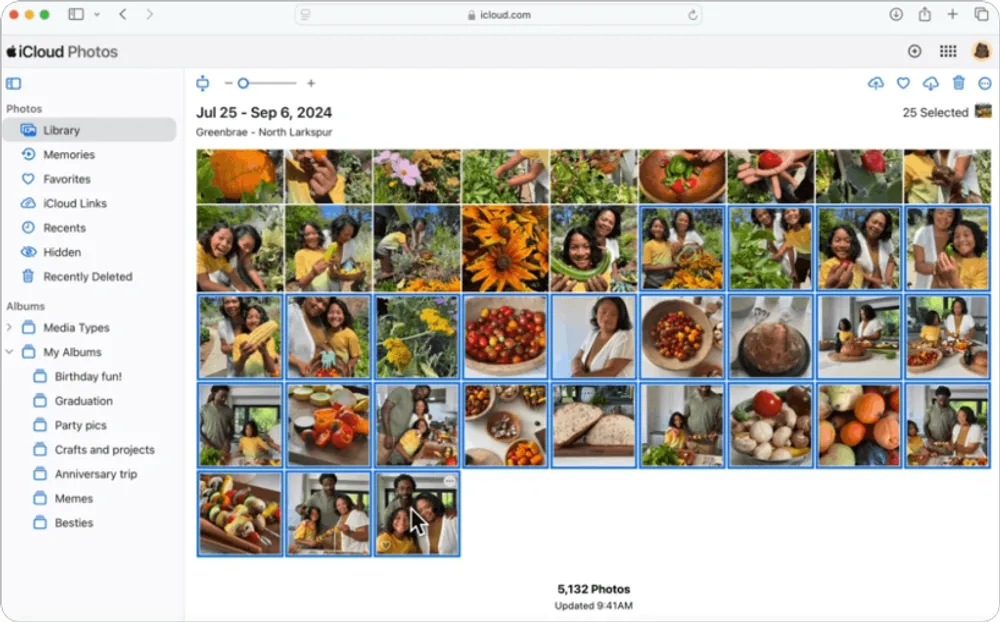
Step 1. On your iPhone, go to Settings > [Your Name] > iCloud, then scroll down and turn on Access iCloud Data on the Web.
Step 2. Open a browser on your computer and go to icloud.com/photos.
Step 3. Sign in with your Apple ID.
Step 4. You’ll see your entire iCloud Photos library right there. Press Ctrl + A (Windows) to select all photos, then click the Download button in the top right corner.
Why We Recommand It
- Ideal if you want to download fewer than 1,000 photos in one go.
- Allows selective downloads — perfect for picking certain photos.
- Includes built-in filters by date and media type.
Limitations
- You can only download 1,000 photos at a time, so larger libraries require multiple downloads.
#3 Use iCloud for Windows
You can use iCloud for Windows to access your iCloud photos, videos, calendars, files, and other important data on your PC. It also allows you to download all your iCloud photos directly to your computer.
How to use iCloud for Windows to download iCloud photos to pc in 2025:
Step 1. Download iCloud for Windows from Microsoft Store and install it on your PC.
Step 2. Sign in with your Apple ID.
Step 3. Click Sync Photos in the bottom-right corner. Now you've set up iCloud Photos on your computer.
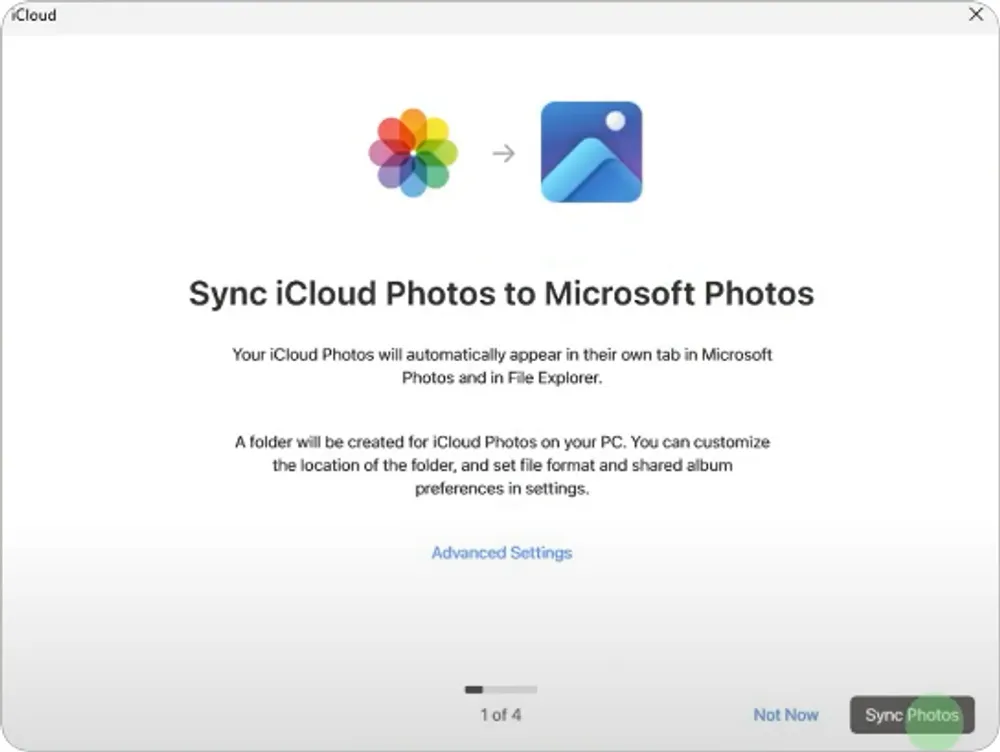
Step 4. On your Windows computer, open File Explorer, then click iCloud Photos in the Navigation pane. Or navigate to C:\Users[user name]\Pictures\iCloud Photos\Photos.
Step 5. You’ll notice some pictures have a green check icon, that means they’re already saved locally. Others will show a cloud icon, which means they’re just thumbnails on your pc and stored online. Select the photos and videos you want to download to your PC. (To select all on Windows, press Ctrl + A.)
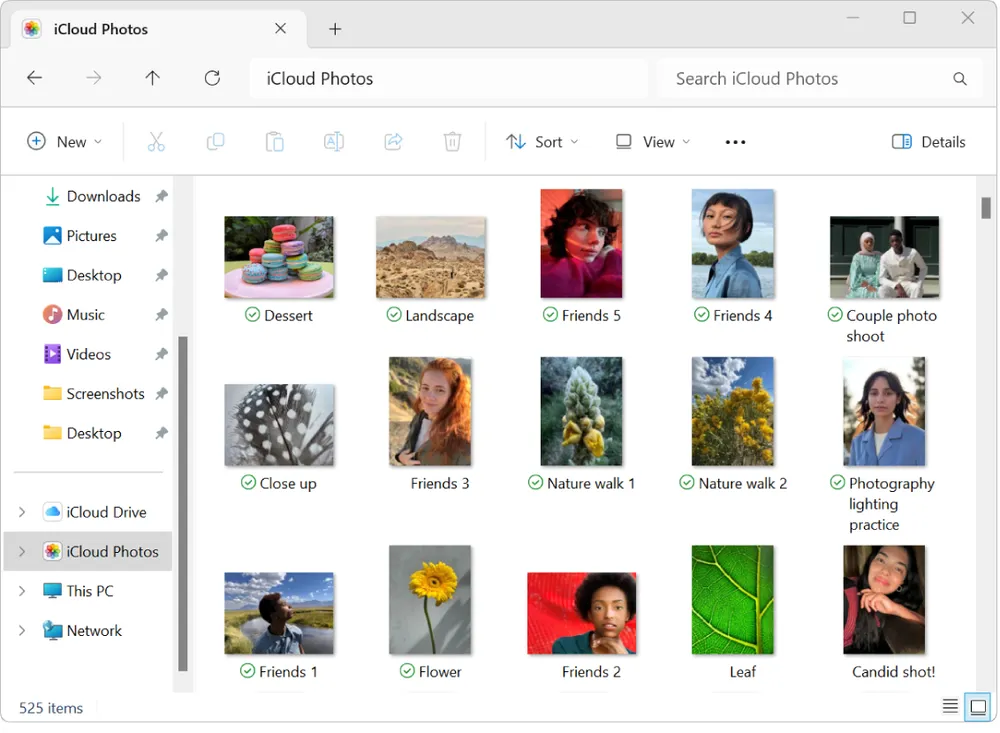
Step 6. Right-click your selection and choose "Always keep on this device." This will start downloading your full-resolution iCloud photos and videos to your PC. Once every photo you want shows a green check mark, you’re good to go.
Step 7. Copy the photos to a folder not managed by iCloud. Avoid cutting the photos in iCloud Photos folder, as this will remove them from iCloud and all connected devices.
Why We Recommand It
- Lets you selectively download photos.
- Keeps your iCloud and PC photo libraries synced automatically.
Limitations
- Syncing large libraries may take a long time or get stuck updating new photos.
- Can be slow and confusing to navigate.
- This method can be complicated and may require technical skills.
#4 Use Gbyte Recovery to Download iCloud Photos to PC
Using an iCloud extracter like Gbyte Recovery is another great option. While it’s primarily a data recovery tool, it works wonders for downloading photos too.
What sets Gbyte Recovery apart is its ability to help you download old and deleted photos from iCloud. Unlike the official iCloud method, which only lets you access your current photo library, Gbyte Recovery can search through your iCloud history and backups to uncover hidden or deleted photos. This gives you a much more complete view of your photo collection, including memories that might otherwise be lost.
Step 1. Download the PC version of Gbyte Recovery.
Step 2. You want to choose "Photos" if you're focusing on photos. For the most complete results, select "All Data Types," then click "Scan".
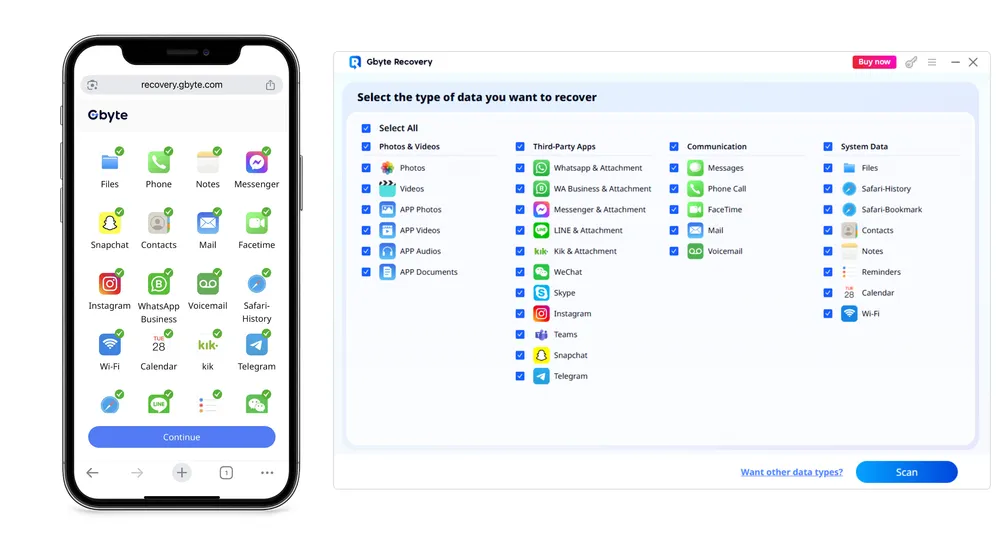
Step 3. Wait for the scan to complete. Gbyte Recovery will scan your iCloud account for photos, including those that may have been deleted.
Step 4. Once the scan finishes, you'll see the notification that you're complete on screen.
Step 5. Go to Photos, select photos, then click Recover to PC to download your photos to PC. You can also check the album labeled "Deleted" to see if any photos you thought were lost are still there.
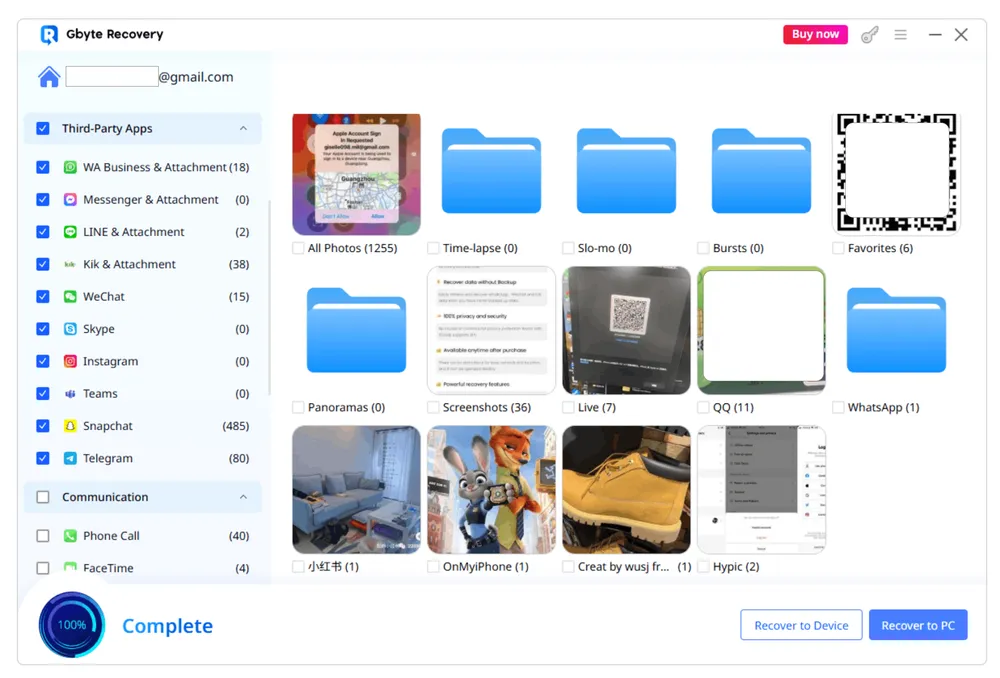
Why We Recommand It
- You can download even permanently deleted iCloud photos.
- It can retrieve photos stored in your iCloud backups.
- You can also recover lost social media photos and messages in one go.
Limitations
- Scanning can take longer if your iCloud has a large amount of data.
#5 Transfer to Google Photos then Download
You can also transfer your iCloud photos to Google Photos and then download them from there.
Step 1. Go to privacy.apple.com and sign in with your Apple ID.
Step 2. Click “Request to transfer a copy of your data.”
Step 3. From the list of available options, choose to transfer your photos to Google Photos, then hit Continue. Once your transfer request is complete, all your photos will appear in your Google Photos account.
Download from Google Photos:
Step 4. Go to photos.google.com and sign in to your Google Account.
Step 5. Hover your mouse over a photo and click the checkmark that appears in the top-left corner to select it.
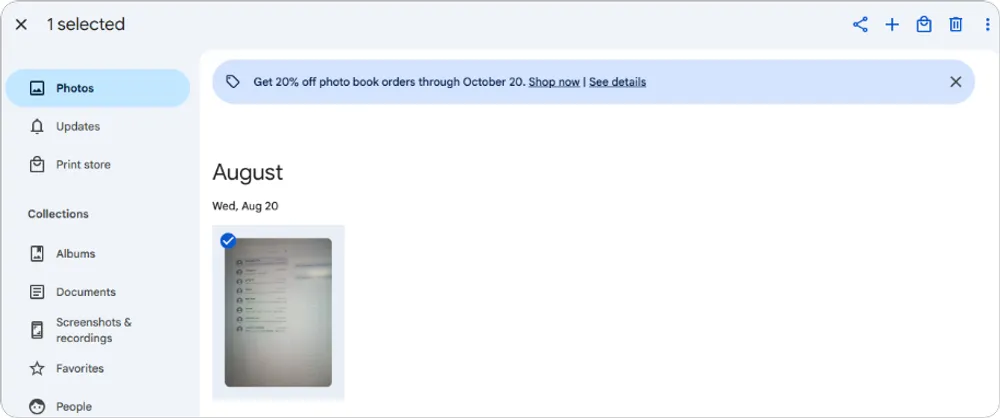
Step 6. To select multiple photos, hold the Shift key on your keyboard and click on the first and last photos in a range to select them all.
Step 7. In the top-right corner, click the three-dots "More options" menu.
Step 8. Choose Download. The photos will be saved to your computer as a .zip file.
Tip: You can also visit takeout.google.com to easily download all your photos, similar to requesting a copy from Apple.
Why We Recommand It
- If you’re moving your library to Google Photos, this method is great
- It lets you transfer your photos directly between clouds without downloading them manually.
Limitations
- Takes multiple steps to complete.
- Transfer and download speed depend on both Apple’s and Google’s servers.
